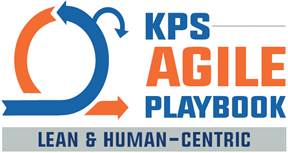Usability Testing
Usability is about the overall satisfaction of the user to complete tasks in your product.
Usability testing is a method used to evaluate how well users can use a product. The tests take place with real users. They measure how ‘usable’ or ‘intuitive’ a product is and how easy it is for users to reach their goals. Users are asked to complete tasks, typically while they are being observed by a researcher, to see where they encounter problems and experience confusion.
There are different types of usability testing:
Comparative usability testing – Comparative tests are commonly used to compare the usability of a product against peer or competitor products. However, it can also be used to compare two designs to establish which provides the best user experience.
Explorative usability testing – Before a new product is released, explorative usability testing can establish what content and functionality a new product should include to meet the needs of its users. Users test a range of different services where they are given realistic scenarios to complete. helps to highlight any gaps in the market that can be taken advantage of and illustrate where to focus design effort.
A/B testing – In an A/B test, you are comparing A to B. You take a webpage or app screen and modify it to create a second version of the same page. This change can be as simple as a single headline or button, or be a complete redesign of the page. Then, half of your traffic is shown the original version of the page (known as the control) and half are shown the modified version of the page.
 KPS Agile Playbook
KPS Agile Playbook